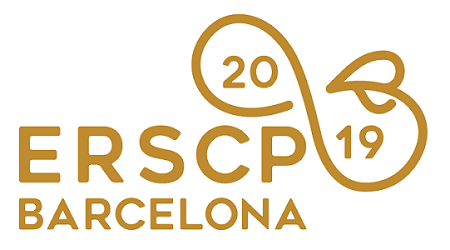Papers Proceedings »
Identifying tensions in circular business model innovation by the mapping of gaps and external barriers
A growing number of companies are exploring new business opportunities stemming from the United Nations Sustainable Development Goals (SDGs) – especially the goal number 12 that supports the circular economy. However, circular business model innovation is related to both opportunities and risks, and often leads to tensions between established and new business models. The overall goal of this study is to investigate how an office manufacturing company can deal with the tensions arising from experimenting with new circular business models. Tensions can be challenging to manage, as they are simultaneously representing contradictory demands. However, they can also be a source of learning and innovation (Smith and Lewis, 2011). The question guiding our research is, thus, how the identified tensions can be managed by internal capabilities, and how this strategic process can contribute to circular business model innovation. Our study draws upon the research of Smith and Lewis (2011), Bengtsson and Razah-Ullah (2017) and Kraaijenhagen et al. (2016). We combine comprehensive document studies with semi-structured interviews. This is used as a basis for the mapping of external barriers and gaps of two different business models – recycling and product-as-service. After mapping gaps and external barriers, including technical, regulatory, market-related and social, we identified tensions that could influence the circular business model(s). Tensions are identified both within the company, the value chain and in the society as whole, and are expected to play a role in how the companies are working with circular business development. Further, we lay the basis for a new circular business strategy by analyzing identified gaps, external barriers and tensions in the light of the company's capabilities related to business model, technical and collaboration (Jesus & Mendonca, 2018; Kraaijenhagen et al., 2016). The findings indicate that identifying tensions is needed to create a better understanding of how the companies, as well as other stakeholders, can be guided in the development of circular businesses.
